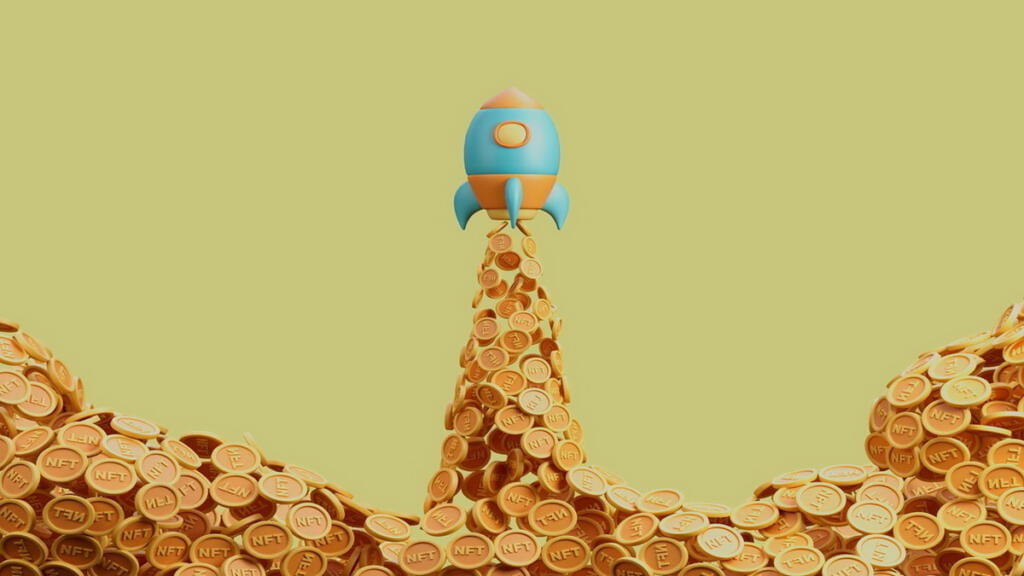One of the biggest CMR providers on the market, Salesforce, is preparing to launch a platform for trading non-fungible tokens (NFTs).
NFTs are non-interchangeable digital units that can represent anything from cryptocurrency to in-game items, art, and more. While the industry is still nascent, the potential for NFTs is huge.
Last year, NFT art accumulated more than $40 billion in sales. The hype around NFTs might’ve died down a bit over the previous months. However, experts are saying that NFT art sales could potentially double.
With the involvement of a major player like Salesforce, the NFT industry could be on the verge of another even bigger boom.
What’s the Salesforce NFT Cloud All About?
When did Salesforce decide to jump on the trend? They’ve been working on it for at least a year. However, the public didn’t know about it until February 2021, when CNBC published an article about it.
Back in December 2021, Mathew Sweezy, the director of the Salesforce market strategy team, named NFTs as one of the most interesting things to watch out for in the coming year.
So what’s this NFT cloud all about? While we have no official statements about it, we know it will be used to create, mint, and sell NFT art in a secure and easy way.
The platform will also offer tools for artists to create and manage their NFTs, as well as analytics to help them understand how their NFTs are performing.

How the NFT Cloud Could Help Digital Artists
The launch of Salesforce’s NFT platform could have a large impact on the digital art industry.
Some see NFTs as the future of independent art. They provide artists with a way to directly sell their work, and cut out the middleman. Furthermore, NFTs offer a way for artists to get paid for their work without having to rely on advertising or other forms of sponsorship.
The launch of Salesforce’s NFT platform could provide a much-needed boost to the digital art industry. It could help artists reach a wider audience and make a living from their work.
The Environmental Impact of NFTs
One of the biggest problems concerning NFTs is the potential environmental impact and carbon footprint. As Wired reports, a single NFT sale consumes around 8.7 megawatt-hours of energy. In comparison, the average American household consumes 10.7 megawatt-hours per month.
As we know, computing power comes from electricity which is produced by burning fossil fuels. So, the more popular NFTs become, the more damage they’ll do to the environment.
That goes against Salesforce’s plan to become more environmentally friendly. The company once planned to plant and cultivate over 100 million trees by the end of the decade. They doubled up on their promise and now plan on planting a trillion trees.
What’s the Future of NFTs?
The question now is, could Salesforce’s NFT platform help to take NFTs mainstream? Well, that’s not entirely clear.
Let’s look at the good and the bad.
On one hand, Salesforce is a big name with a lot of clout. They have the resources to make their NFT platform a success. They can attract more artists and buyers to the platform which will, in turn, increase the popularity of NFTs.
Conversely, while digital art that helps artists cut out the middleman is a good thing, NFTs aren’t perfect. Many people are still unaware of them, and there’s a lot of confusion about what they actually are. In addition, the environmental impact is a big concern.
Re-energizing the NFT Market
Salesforce’s NFT platform has the potential to take NFTs mainstream. However, there are still many hurdles to overcome. The environmental impact is a major concern, and many people are still unaware of NFTs.
Only time will tell whether or not Salesforce’s NFT platform will be a success.
Author

Keen blogger with a zest for Web3, delving into the symbiotic narrative of NFTs and decentralized frameworks.




